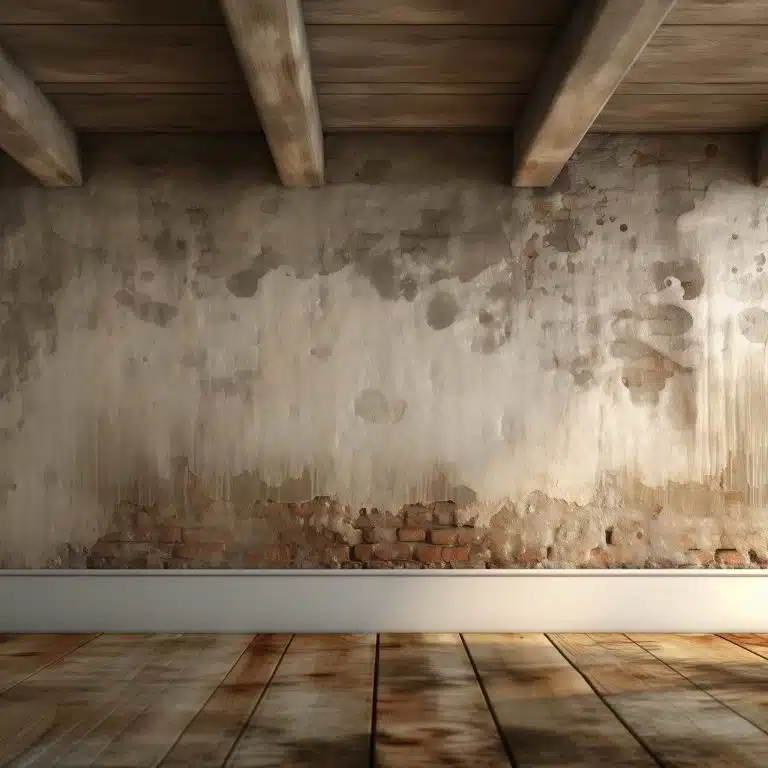In most cases, when we talk about protecting our homes from unwanted temperatures, we have insulation aimed at shielding us from the cold in mind. If you have ever experienced living in a building with a drafty window in the middle of winter, you know how significant it is to have a tightly sealed home.
However, insulation does not only protect us from cold but also from too high temperatures. What’s more, there are also radiant barriers that reflect radiant heat thanks to its shiny surface, not allowing excessive sunlight to affect your interior temperature.
Either of them can be installed in the attic space, but they have distinct characteristics and features. Check out our radiant barrier vs. insulation comparison to find out more details and learn which one you should use in your building!

What Is a Radiant Barrier?
A radiant barrier is installed in buildings to minimize heat transfer between surfaces. It is basically a thin sheet or foil layer that can reflect radiant heat instead of absorbing it.
This solution is most commonly made of aluminum, but other reflective materials can be used in it as well. The most characteristic feature of a radiant barrier is its shiny side facing an open-air space where the radiant heat can be reflected.
What Is Thermal Insulation?
Thermal insulation is a solution applied to keep a comfortable temperature in buildings by preventing heat loss from internal heating and protecting against extreme temperatures. There are two main types of thermal insulation used nowadays:
Foam Insulation
Foam insulation offers not only protection against temperature but also lowers the noise. It can be used both in small and large spaces, in the walls or roofs, even if they are weirdly shaped.
Fiberglass Insulation
Fiberglass insulation material is soft and flexible, with millions of air pockets creating an excellent thermal barrier. It consists of tightly packed long rolls or individual batts of spun fiberglass fibers.
Should I Install a Radiant Barrier or Insulation?
The comparison of radiant barrier and attic insulation depends on the kind of material we are talking about. Here are the comparisons of the most popular combinations:
Radiant Barrier vs. Foam Insulation
- Foam insulation has soundproofing properties
- Foam insulation helps with conduction and heat convection, while a radiant barrier protects against heat only
- A radiant barrier is cheaper
- A radiant barrier is easier to install
- A radiant barrier can be easily combined with insulation
As both solutions have different features, you can install a radiant barrier over foam insulation for maximum efficiency and comfort.
Radiant Barrier vs. Fiberglass Insulation
- A radiant barrier can provide more savings than fiberglass insulation
- Fiberglass needs to be pressed in between the framing studs, while a radiant barrier foil should be installed over the inner surface of the trusses and studs
- A radiant barrier is less expensive
Most importantly, the same as in the previous case, those solutions work best when combined. If you decide to install a radiant barrier over fiberglass insulation, you will get the best of both worlds.

Choose Envirosmart Solution for Radiant Barrier and Insulation Services
All in all, as both solutions have significant advantages, the most recommended approach is not to decide which one to choose but to install a radiant barrier over insulation to gain the most benefits. In this way, you will get the highest protection against unpleasant temperatures as well as too much noise.
Here at Envirosmart Solution, we hire experts at both radiant barrier and insulation installations to provide you with comprehensive services and maximum comfort. We use high-quality materials that offer outstanding durability and can serve you effectively for years to come. If you need our professional advice concerning these two solutions or you already want to schedule the installation date, contact us today!







